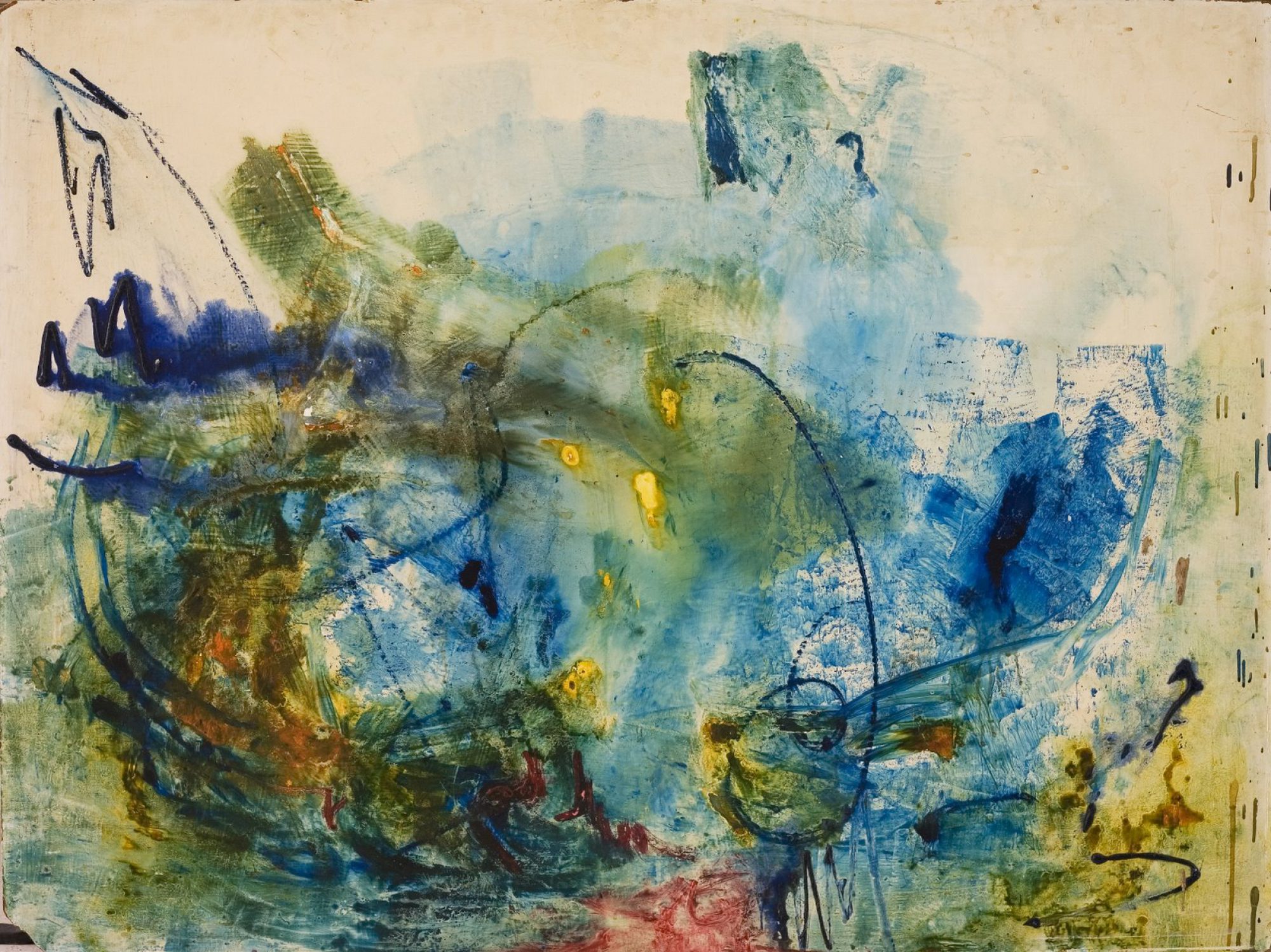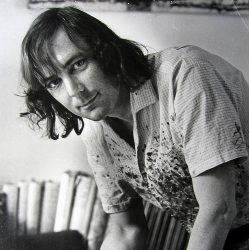One Man Exhibition
30 Paintings
Article in The Chronicle, Friday April 27, 1962, “‘Not objective’ one-man show”.
Marshall Baron (27) already well known in Bulawayo for his interest in music, is to hold a one-man show of the paintings he has done over the last two years. It will be his first one-man show. He describes his style of painting as “not objective”.
“I try to intensify people’s feelings about a particular subject or situation”, he says.
At 14, Marshall and a friend formed a musical appreciation club which existed for about 11 years. It helped a lot of people during that time to come to terms with music. Since then he has occasionally served on a panel to audition soloists for the Bulawayo Orchestra.
At 12 he started to paint and did so intermittently for several years. About two years ago he exhibited a picture at a local art show. It was so well received by the critics, who described it as showing great promise.
This so encouraged him that now, two years later, he is to hold his own show at the Everyman’s Studio, from April 30.
He will be exhibiting about 30 paintings, all oils, which he has mainly painted on Sundays. He always paints to music and until recently mainly chose Bach, but these last few months he has been painting to modern Hungarian folk music – Kodaly and Bartok.
Marshall is the eldest of four children. Next is Merle (24), a B.A. from Cape Town University where she majored in languages. She is now married and lives in Cape Town. Saone (her parents picked her name out of a French dictionary) is 19 and in her fourth year at UCT where she is reading for an honours degree in comparative African Government and Law. She is also head woman student. Beverly (15) is the youngest member of the family and is taking her Cambridge at the Convent this year.
Newspaper Unknown, April 1962
Baron is an artist of ability
By Bill AinslieI was struck by the spirited expression of the paintings at Marshall Baron’s exhibition at Everyman’s Studio in Abercorn Street, but no man can become an expert on art without thorough study, thought and experience and without coming to grips with the disciplines demanded by his work.
In these paintings one finds intelligence in the application of paint, a sense of form and balance in the arrangement of shapes and color, a sense of drama in the choice and execution of paintings such as “Aftermath” with its stark and devastated columns standing on a desolate earth.
These are the qualities that indicate that Mr. Baron is a man of ability. They also indicate that he could become a painter of some quality.
He must learn to draw as we see in his paintings of dancers and “The Aristocrat”. He should refine his color and widen his technique.
We learn more of Mr. Baron in this exhibition than we do of nature or music or “responses” and “decisions” even though what we learn is likeable.


